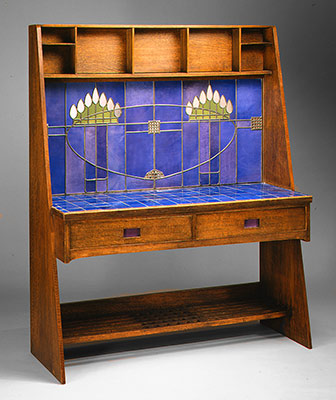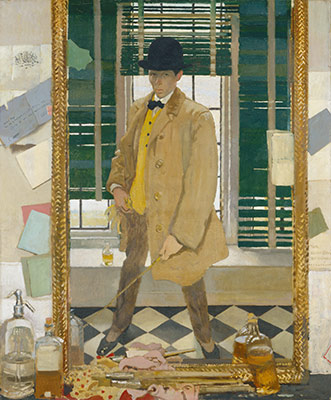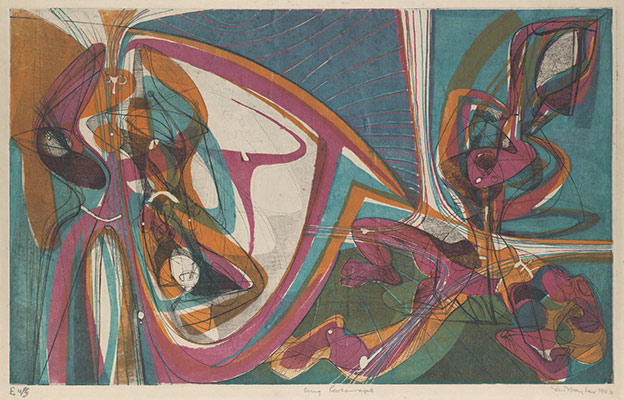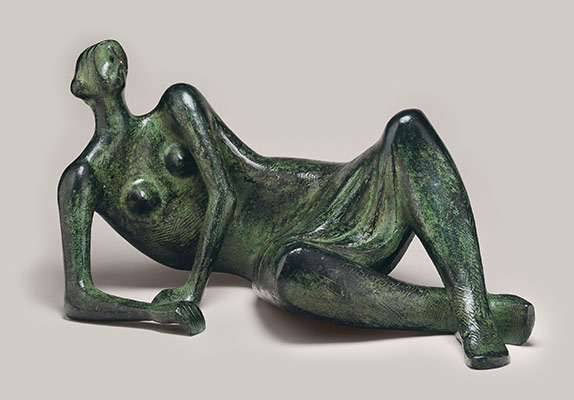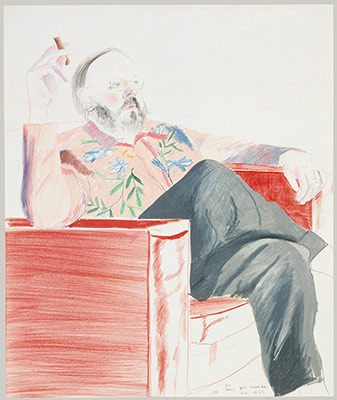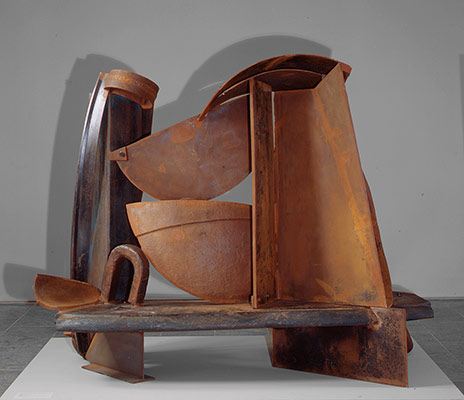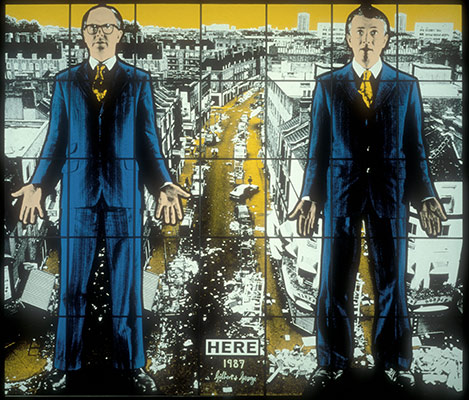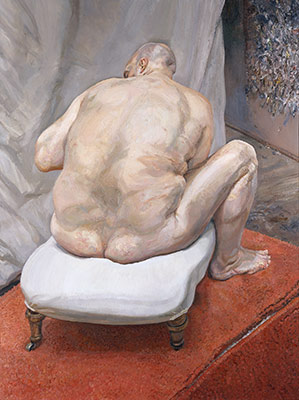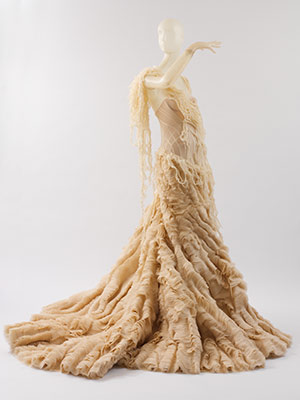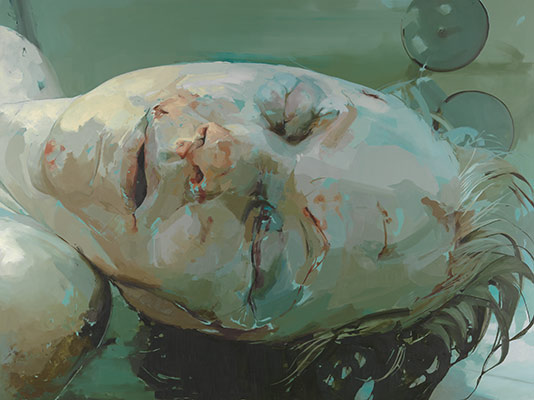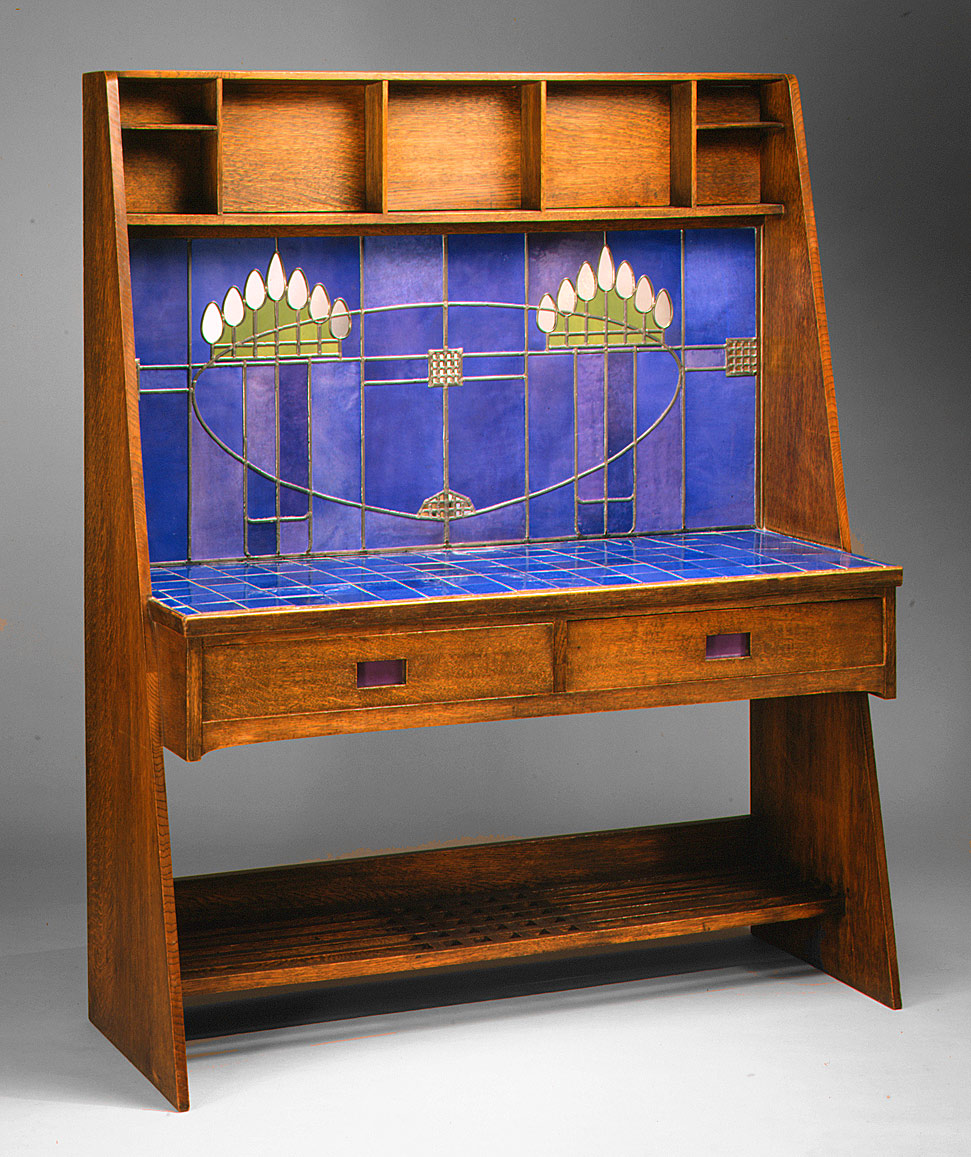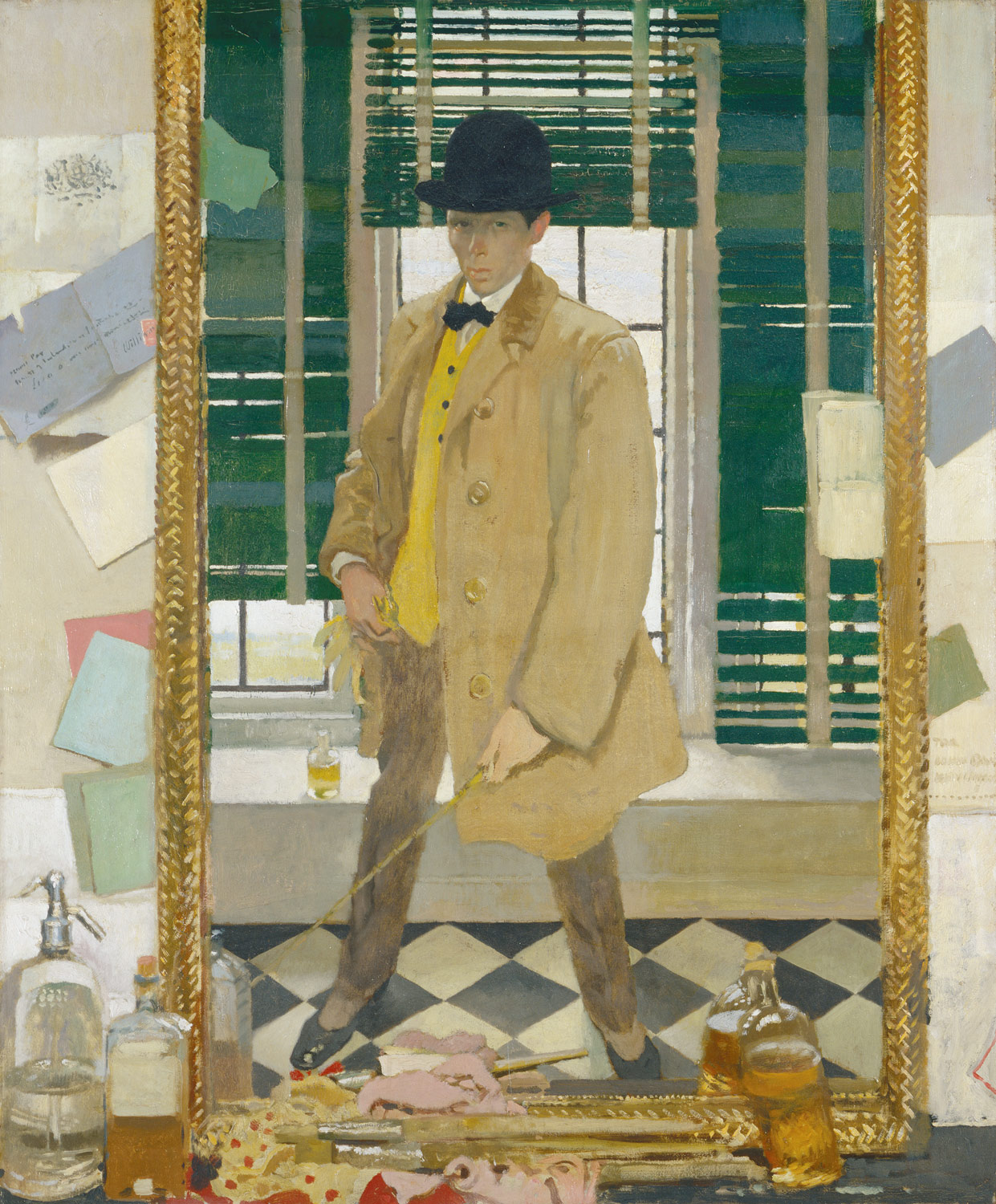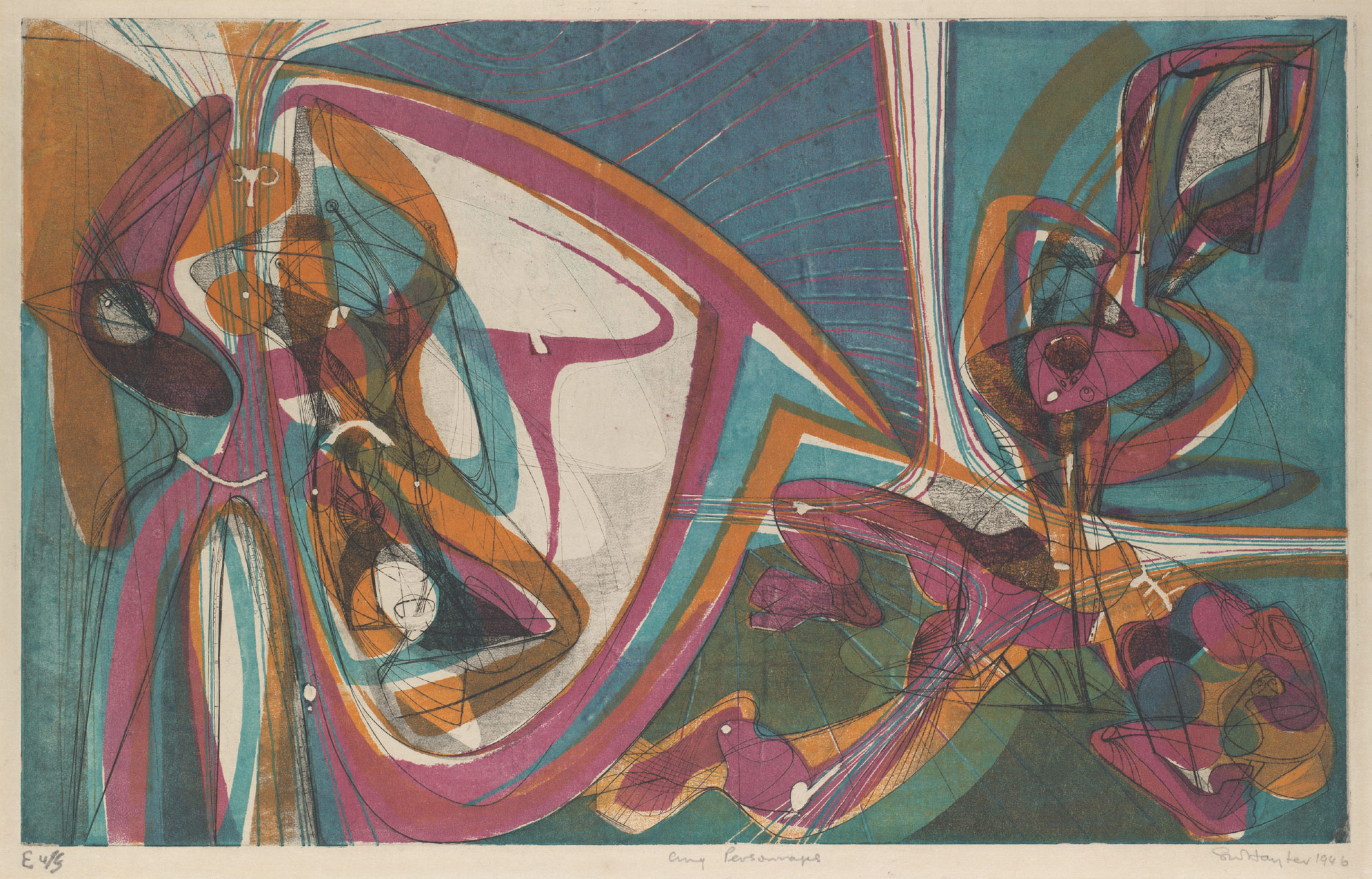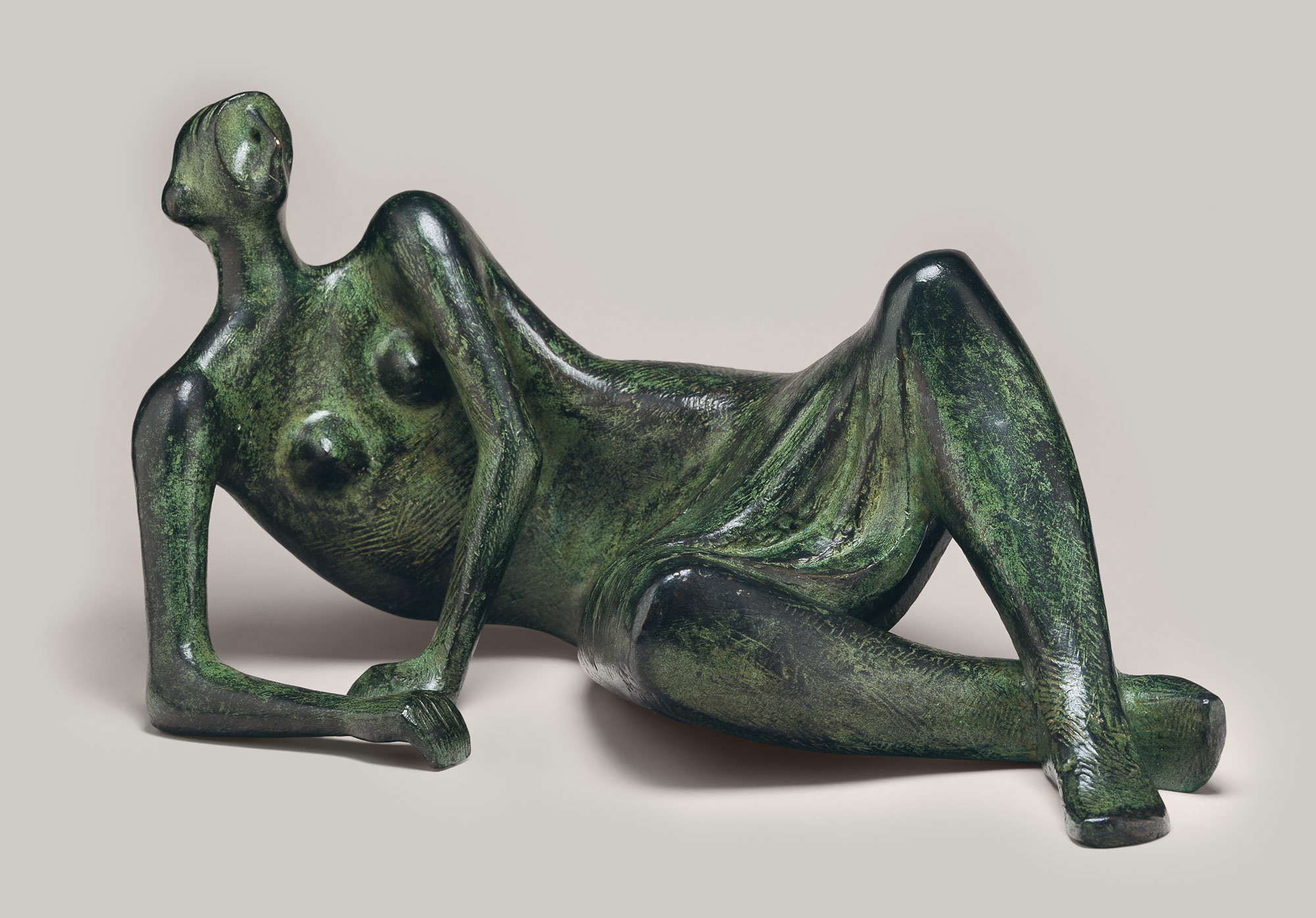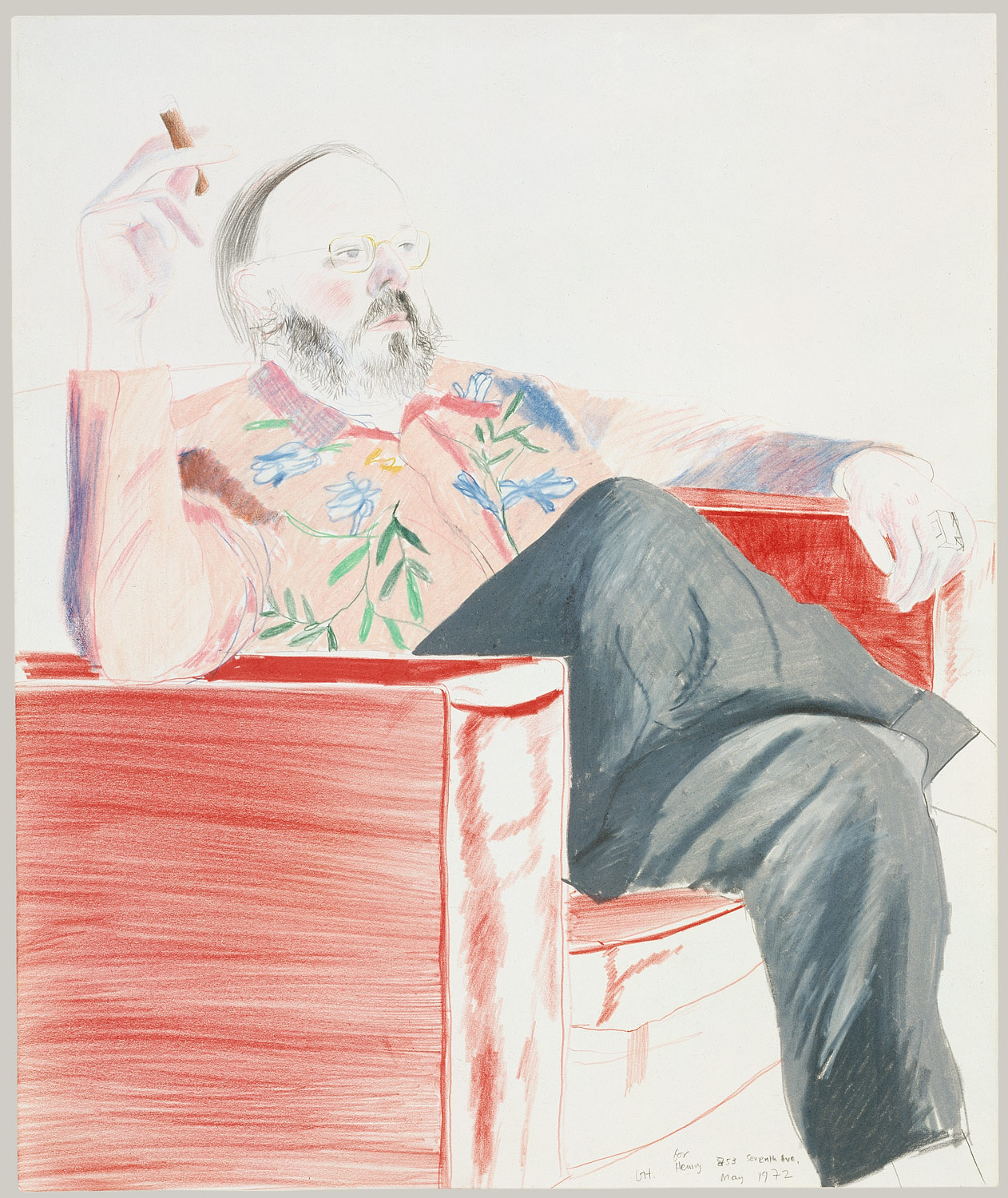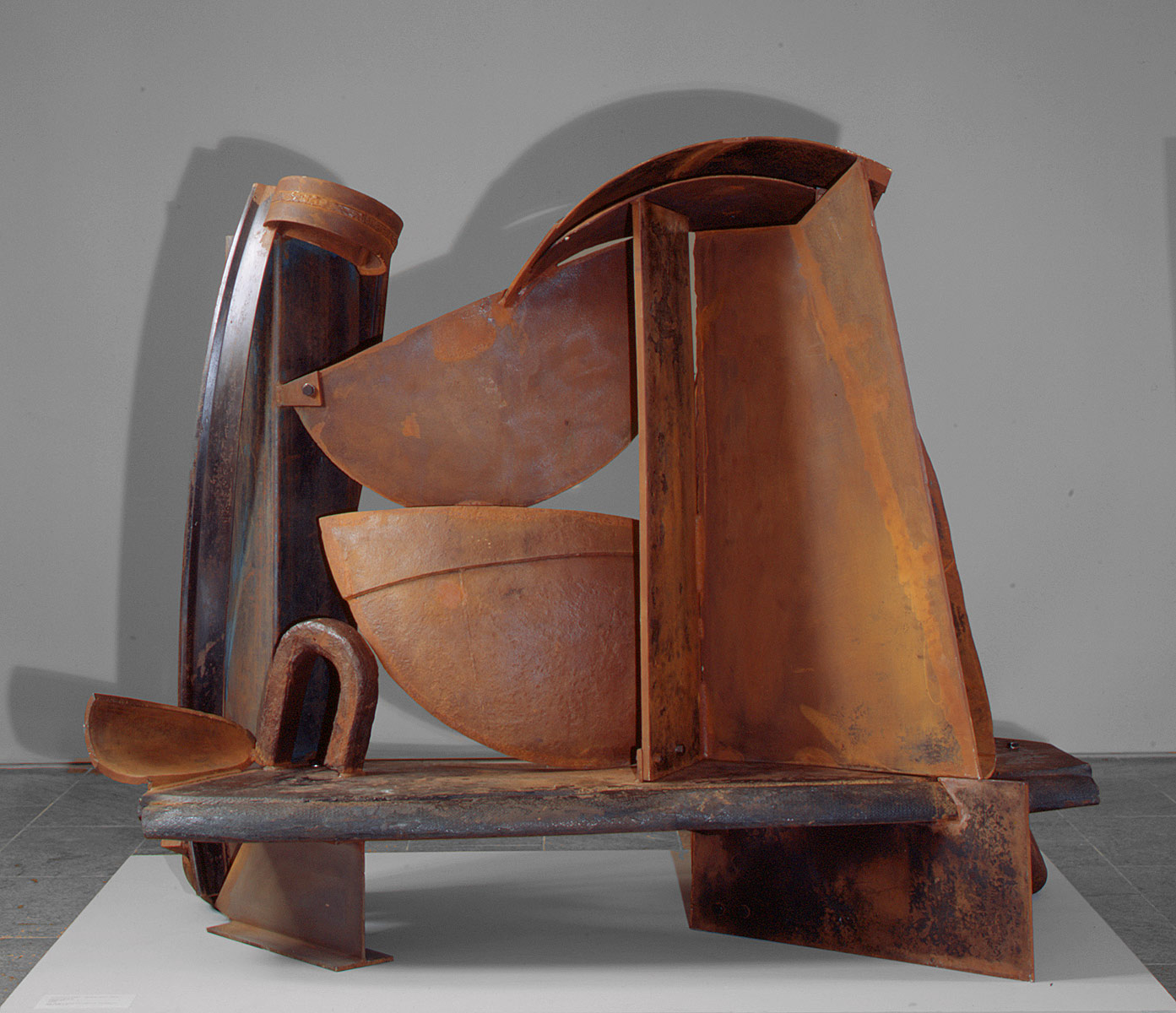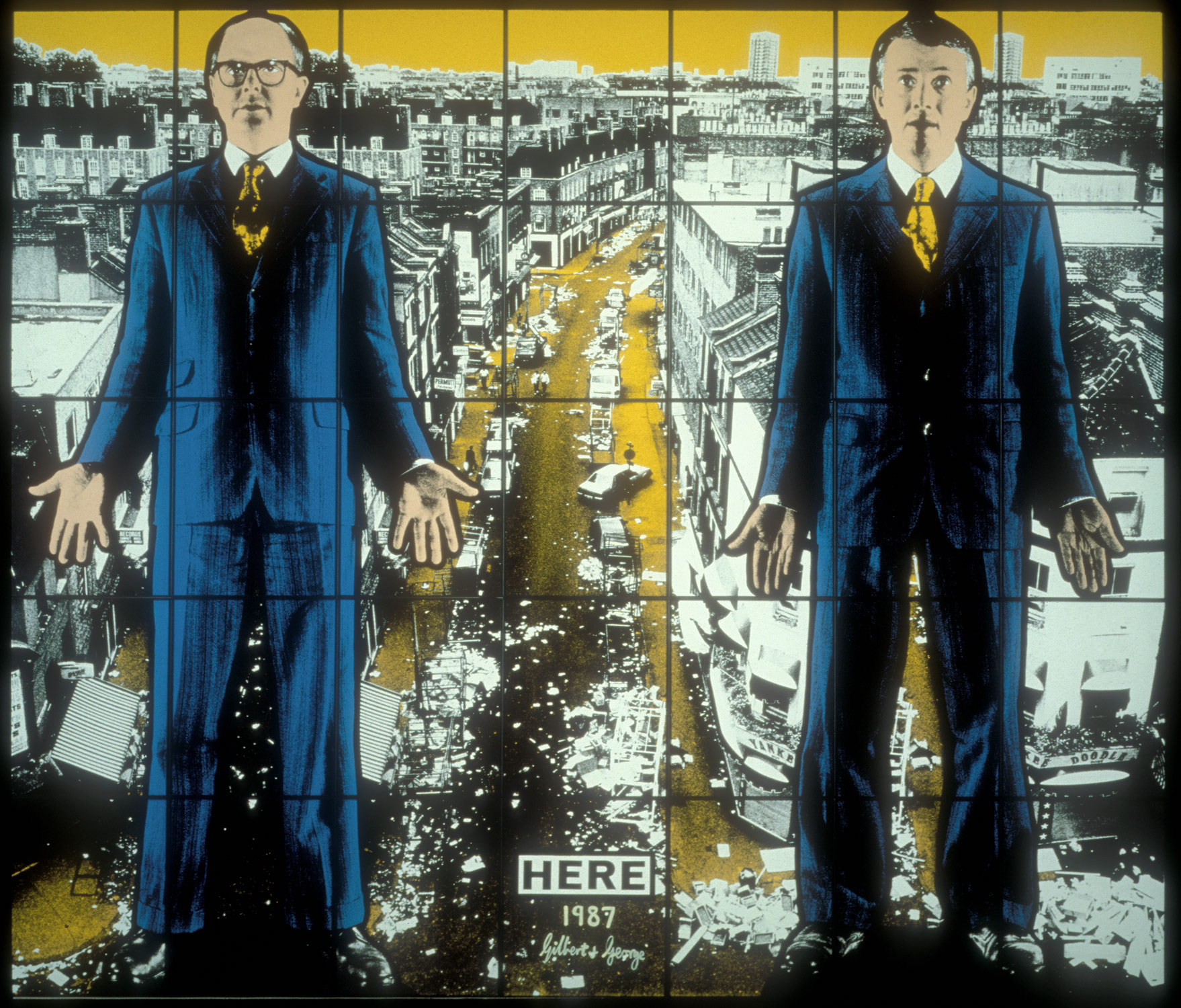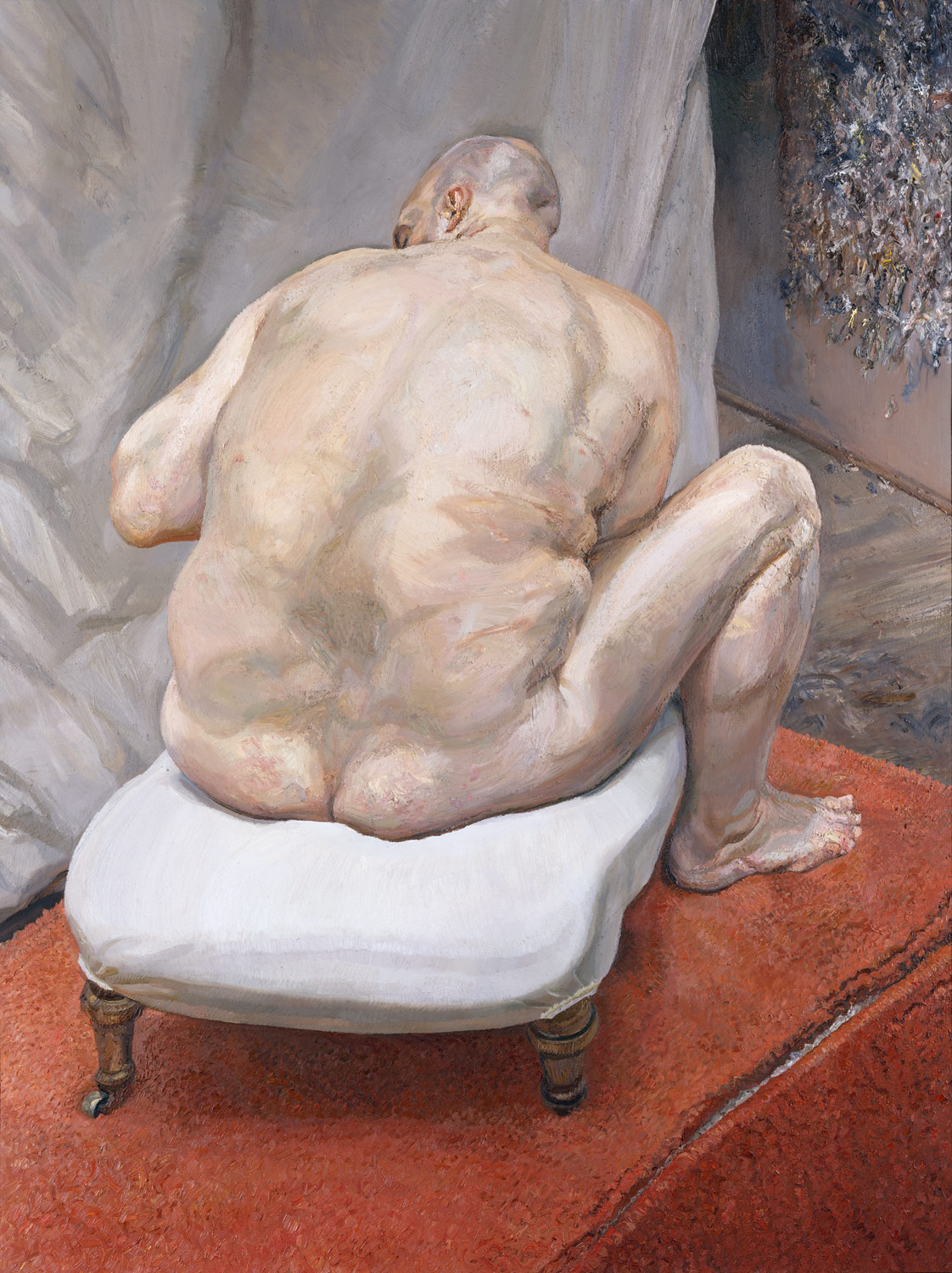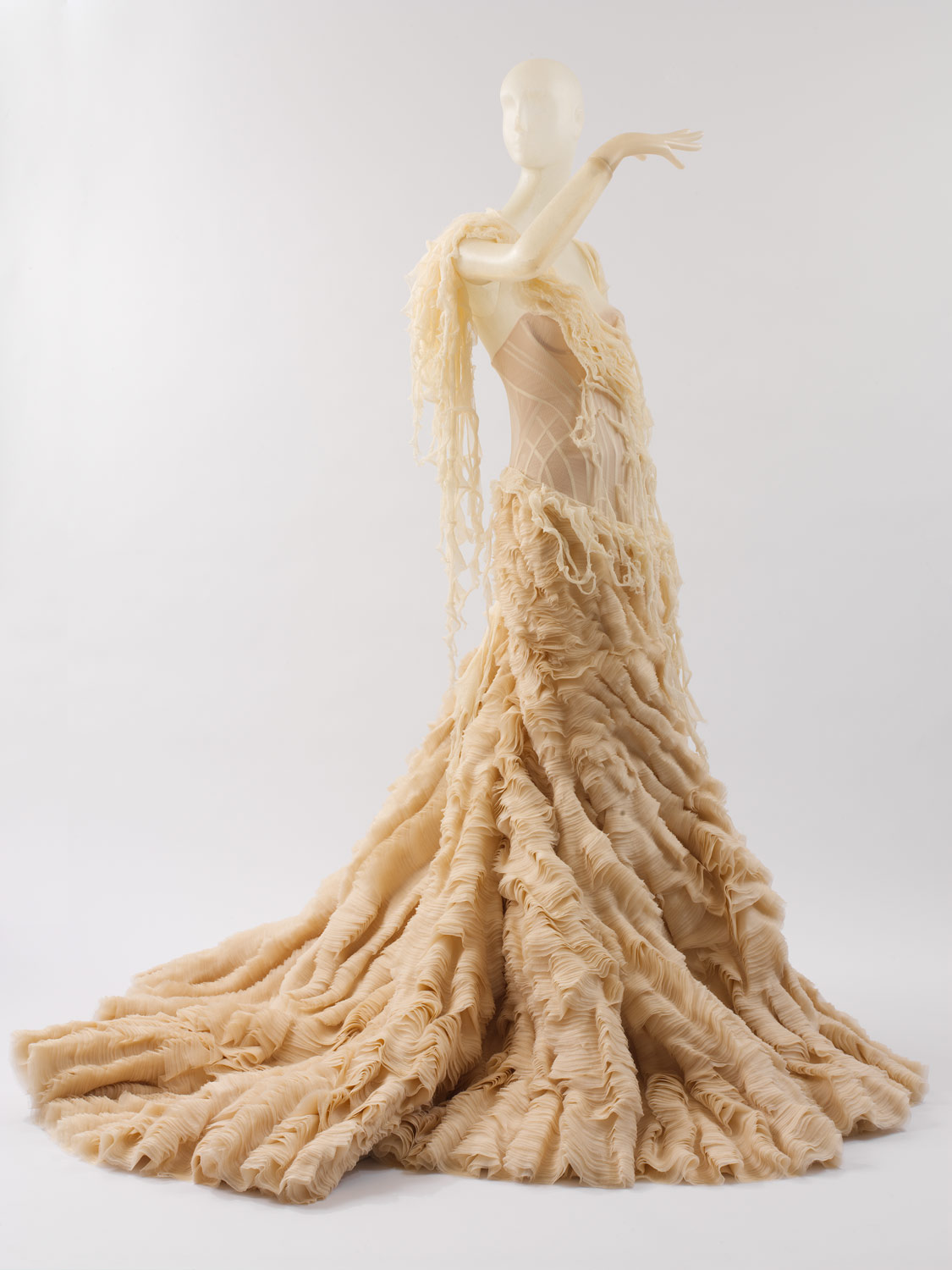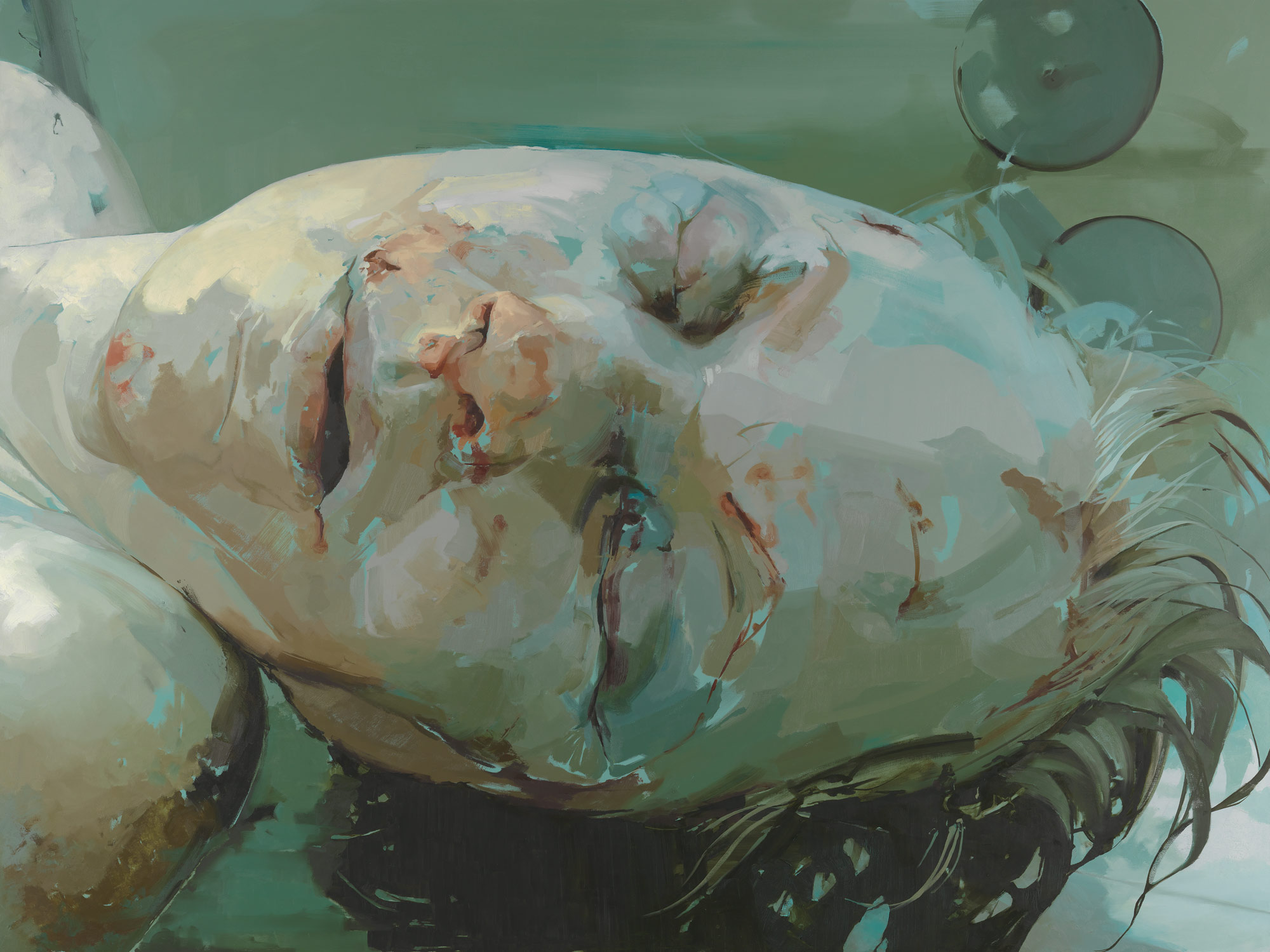Great Britain and Ireland in the twentieth century are marked by several wars: the Anglo-Boer War that opens the century, and the two world wars that follow. The first of these conflicts is part of the process of decolonization that other European nations also undergo early in the century. Later, World Wars I and II are separated by two decades that witness the rise of fascism and a worldwide economic depression. In the postwar period, as elsewhere in Western Europe and North America, demand for consumer goods that has gone unsatisfied during years of wartime deprivation fuels the production of commodities. A period of relative optimism crescendos when London becomes an icon of the “Swinging Sixties.” It is during that decade that British design, fashion, and music take on international preeminence. The late 1960s and ’70s are a time of economic and political instability that result in a return to conservative policies during the “Thatcher Years” of the 1980s.
From the vantage points of art, design, and architecture, the early decades of the century are characterized by projects that pursue the design reform begun in the nineteenth century by William Morris, a leader of the Arts and Crafts movement, and others. Somewhat isolated from mainstream modernist tendencies of the early twentieth century, Britain is nonetheless touched by such predominantly Continental movements as Cubism and Surrealism. Moreover, British artists play an important role in the development of Pop Art at mid-century. During the 1980s, Britain reemerges as an important center for the production of avant-garde art and architecture.
